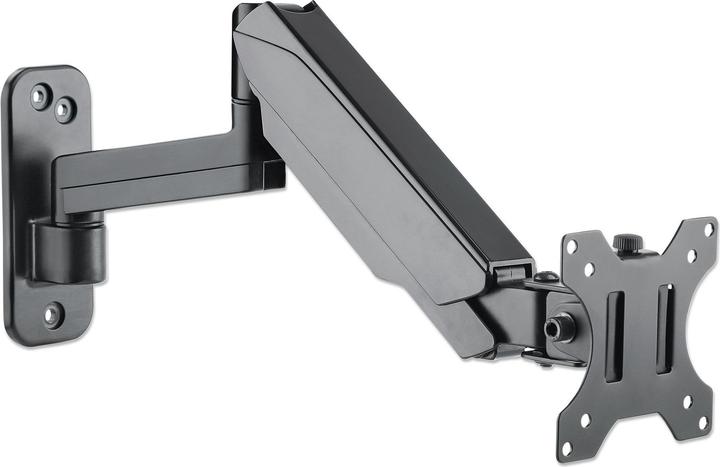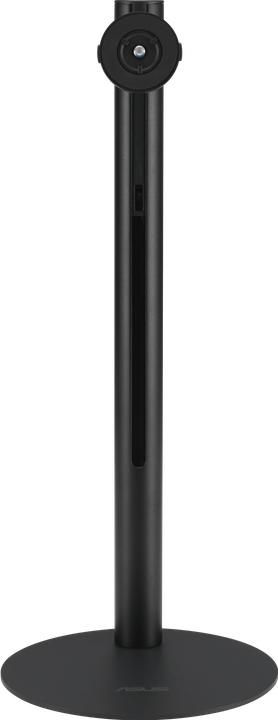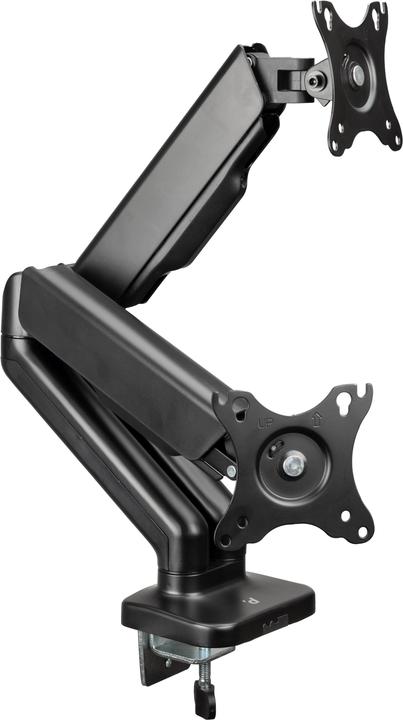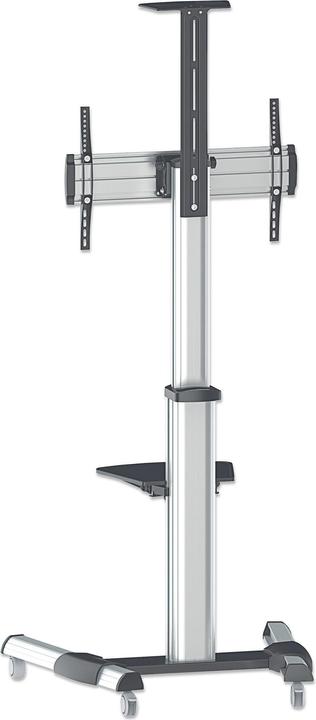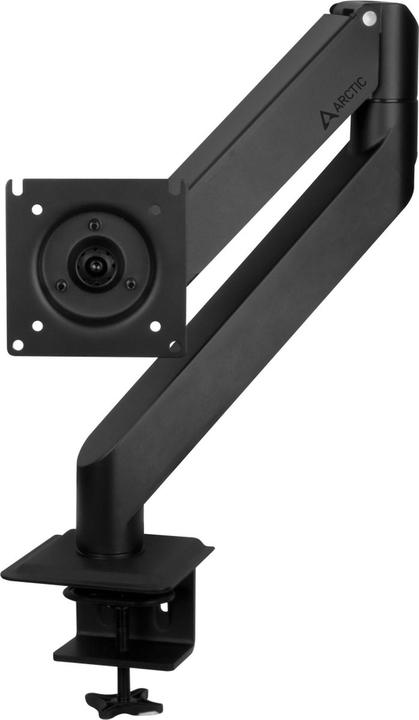
Too Many Monitor Mounts? Here's How to Choose the Right One
Discover the key aspects to consider when selecting the perfect monitor mount for your needs.
Last updated 1 week ago. Automatically generated content.


Select options and limit the number of products
Monitor mount type determines how your monitor is supported and positioned, affecting your workspace ergonomics and flexibility. Choosing the right type enhances comfort and productivity by allowing optimal screen placement and adjustments.
Popular options (you can select more than one)
Monitor arm
Provides adjustable positioning with tilt, swivel, and height options.
Ideal for dynamic environments and users who frequently adjust their setup for comfort and versatility.
Bestseller
Monitor Wall Mount
Attaches directly to the wall, saving desk space and offering a clean look.
Recommended for permanent setups and maximizing space efficiency in compact areas.
Bestseller
Monitor stand
Places the monitor on a stable base, often with limited adjustability.
Suitable for simple setups where portability and ease of use are prioritized.
Bestseller
Max. monitor size refers to the largest screen size that a monitor mount can safely support. Choosing the correct size is crucial to ensure stability and prevent damage, enhancing both safety and the viewing experience.
Popular options
Up to 27"
Typical price
57.– to 260.–Designed for compact setups, supporting monitors that are up to 27 inches in size.
Ideal for standard office and home setups, providing a balance between space efficiency and screen visibility.
Bestseller
28 - 32"
Typical price
45.– to 140.–Supports medium-sized monitors, accommodating screens between 28 and 32 inches.
Perfect for users seeking a larger viewing area without overwhelming desk space, enhancing productivity and comfort.
Bestseller
33 - 43"
Typical price
72.– to 210.–Capable of holding larger monitors, suitable for screens ranging from 33 to 43 inches.
Recommended for professional and gaming environments, offering expansive screen space for immersive experiences.
Bestseller
Max. load refers to the maximum weight a monitor mount can hold, ensuring the stability and safety of your monitor setup. Choosing the right max. load is crucial to prevent damage to your equipment and to ensure a secure installation that meets your workspace needs.
Popular options
Up to 8 kg
Suitable for lighter monitors, typically found in personal or small office settings.
Ensures a secure hold for compact screens, reducing the risk of falls or tilting.
Bestseller
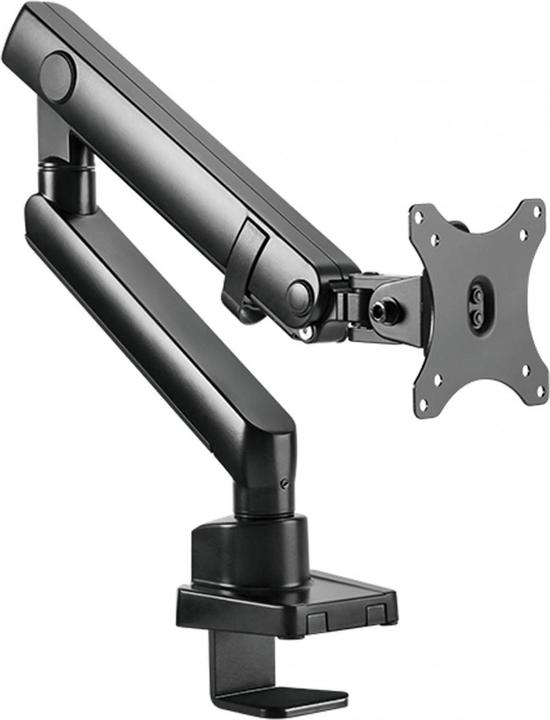
Icy Box Monitor stand with table mount for a monitor up to 32" (81 cm), IB-MS313-T
Table, 32", 8 kg
9 - 12 kg
Designed to support medium-sized monitors common in professional environments.
Provides stability for heavier screens, contributing to a stable and organized workspace.
Bestseller
13 - 18 kg
Ideal for larger monitors or dual setups, often used in gaming or design workstations.
Offers robust support for substantial setups, enhancing safety and accommodating advanced equipment needs.
Bestseller
VESA wall mount refers to the standardized mounting interface for attaching monitors to wall brackets. Choosing the right VESA size ensures compatibility with your monitor and provides secure and stable mounting, enhancing workspace organization and ergonomics.
Popular options (you can select more than one)
100 x 100 mm
Typical price
51.– to 190.–Commonly used for smaller monitors and displays, providing a compact mounting solution.
Ideal for limited space areas, offering flexibility and ease of installation for lightweight screens.
Bestseller
400 x 400 mm
Typical price
61.– to 260.–Designed for larger monitors or TVs, supporting heavier models with increased stability.
Recommended for spacious environments, ensuring secure mounting for enhanced viewing angles and reduced clutter.
Bestseller
600 x 400 mm
Typical price
94.– to 260.–Suitable for very large displays, offering robust support for heavy-duty screens.
Best for commercial or large home setups, providing a secure and professional mounting solution for optimal display positioning.
Bestseller
Adjustability in monitor mounts refers to the ability to modify the position and angle of the monitor, enhancing ergonomic comfort and usability. This factor is important as it directly impacts the user's comfort, reducing strain and allowing for a personalized setup that suits various tasks and viewing preferences.
Popular options (you can select more than one)
Tiltable
Allows the monitor to tilt backward and forward for optimal viewing angles.
Ideal for reducing glare and customizing the monitor position to prevent neck strain.
Bestseller
Height-adjustable
Enables vertical adjustments to align the monitor with eye level.
Offers flexibility for different users, promoting better posture and reducing eye fatigue.
Bestseller
Swivel arm with joint
Permits lateral movement and rotation of the monitor.
Great for shared workspaces or presentations, allowing easy repositioning without lifting the monitor.
Bestseller
